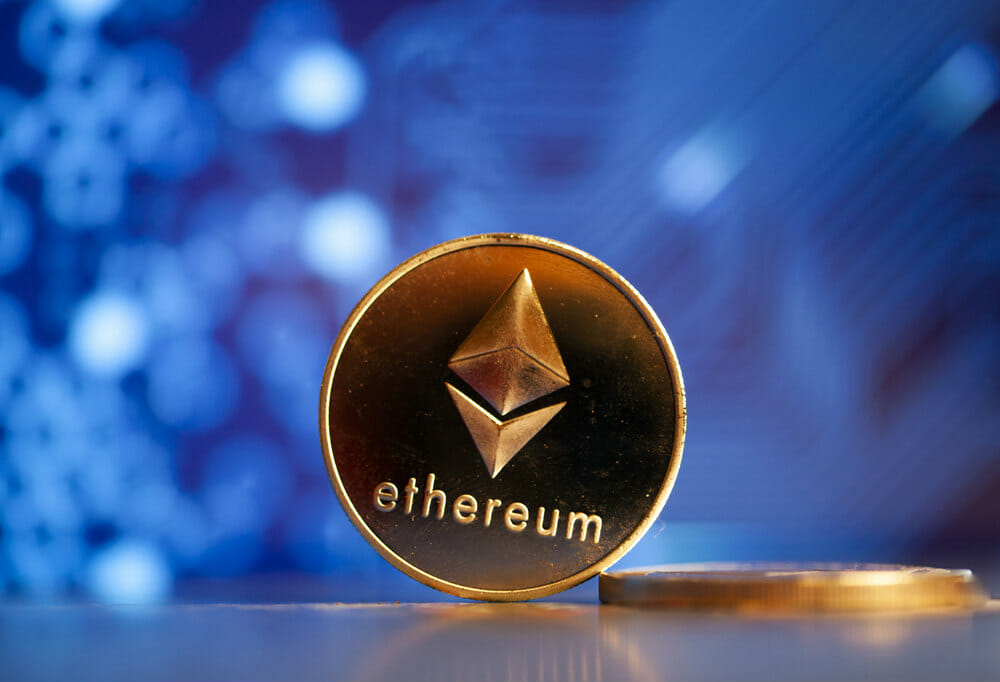Ethereum Cancun: revolution in progress for the DeFi ecosystem.
Ethereum Cancun marks an important step in the evolution of the Ethereum blockchain, promising a substantial transformation in terms of scalability, security and efficiency. This update, which constitutes the final phase of the Ethereum 2.0 (Serenity) transition, is crucial for the future of decentralized finance (DeFi) and blockchain applications.
The Heart of the Update: Proto-Danksharding
Proto-danksharding is at the heart of the Ethereum Cancun upgrade. This innovation aims to optimize data management and transaction processing, enabling faster and less costly transactions. It is considered a temporary solution before the full implementation of danksharding that aims for greater scalability and better data management for rolls.
With proto-danksharding, Ethereum is taking a giant step towards increasing its transaction processing capacity, with the goal of achieving a throughput of more than 100,000 transactions per second (TPS). This development is crucial for the “Surge” phase of the Ethereum roadmap, which seeks to significantly improve its performance.
Ethereum Transition to Proof-of-Stake (PoS)
The introduction of Proof of Stake (PoS) is another important stage of this update. By replacing minors with validators, Ethereum aims to reduce its energy consumption significantly, while ensuring security and increased efficiency.
Sharding is built in to increase transaction speed by dividing the Ethereum network into multiple segments, or shards, each capable of processing transactions and smart contracts independently. This approach improves scalability and overall network performance.
Benefits, Risks and Challenges of the Ethereum Cancun Update
Improved scalability and performance. The update promises better scalability and higher performance with improved ability to process a higher number of transactions per second.
Cost reduction and optimization of data management. It also enables reduced transaction costs and optimized data management thanks to innovations such as Bearer Blob Transactions that offer a temporary data storage solution, thereby reducing gas costs.
One of the main challenges will be managing the potential impact of this update on existing smart contracts, as well as the complexities related to the integration of new data storage techniques.
Release Date and Future Outlook
Originally planned for October 2023, the Ethereum Cancun Upgrade is now expected to go live in the first half of 2024. This preparation period is essential to ensure a smooth and efficient transition.
The Ethereum Cancun upgrade is positioned to revolutionize not only the Ethereum ecosystem, but also the broader field of decentralized finance and blockchain. It promises to improve the user experience and expand the possibilities of blockchain applications.
Its success could redefine the decentralized finance (DeFi) landscape, making Ethereum faster, more secure, and more accessible. By addressing crucial issues such as high transaction fees and data processing limitations, Ethereum Cancun is poised to open new avenues for blockchain innovation.
Beyond the Cancun upgrade, the future of Ethereum looks promising. With an active developer community and a clear roadmap, Ethereum is positioned as a leader in the blockchain space and continues to innovate and adapt to changing market needs.
The Cancun upgrade could have a significant impact on the entire blockchain ecosystem, setting new standards for performance, security and scalability. This could encourage other blockchains to follow Ethereum’s model to remain competitive.
The update illustrates the importance of continued innovation and community support to ensure the sustainability and success of these types of initiatives. As Ethereum continues to evolve, it remains a key player in defining the future of decentralized finance and blockchain technology.
By Leonardo Perez











